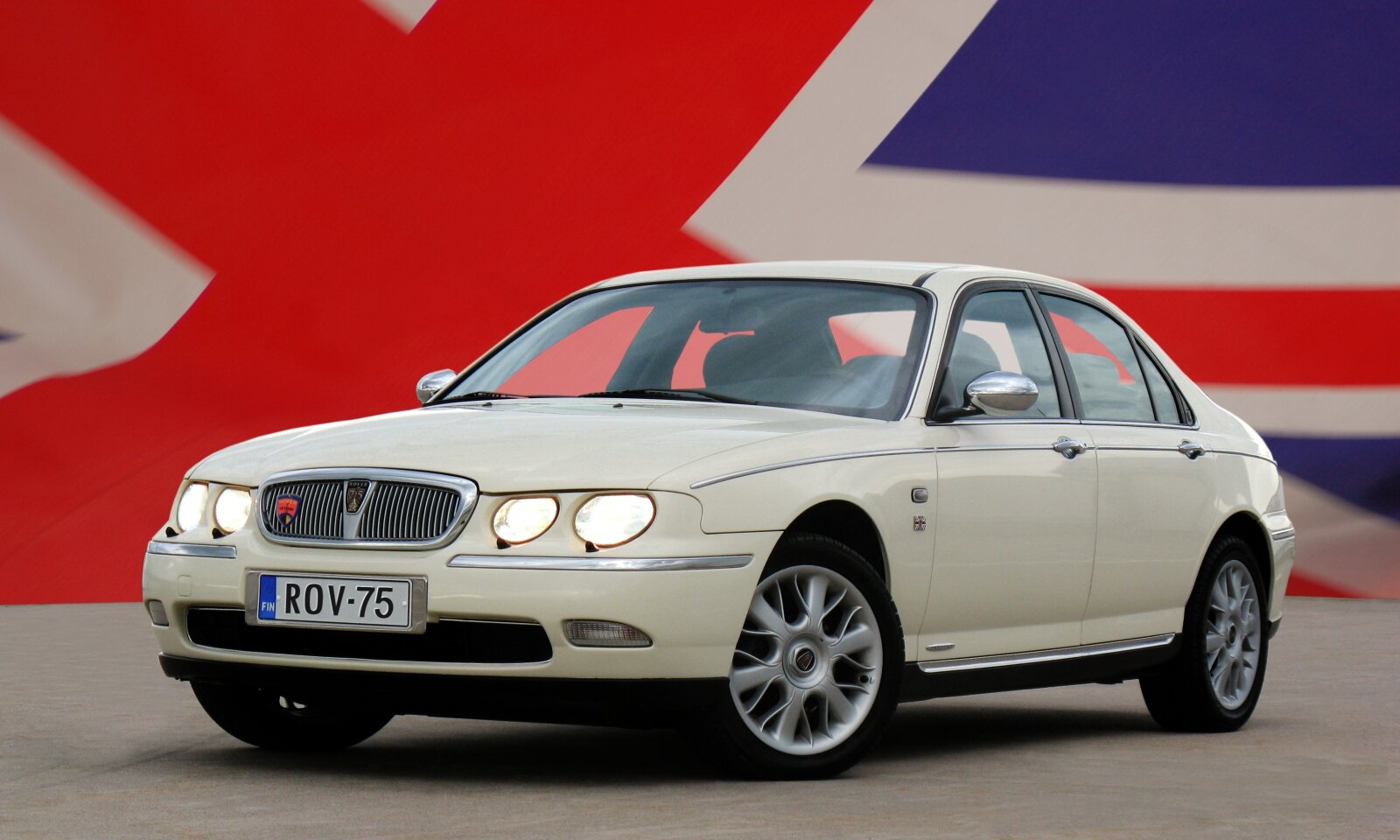Words by Marcus Boothby
Let’s be honest here, MG Rover were never going to be competitive considering the state they were in in the early 2000s. Competition was tough with rival manufacturers like BMW and Audi having far superior models. Even the Japanese were producing more competent rivals to combat anything MG Rover sold.
But what went wrong for the ill-fated British brand? Well, without going into too much detail, MG Rover was in deep financial trouble after a number of buyouts by BMW, the Phoenix Consortium and SAIC, who later took elements of MG Rover for their own use in mainland China in 2005.
SAIC took the rights to the Rover 25 and 75 models, along with the K-Series engines and later sold these in China under the Roewe name. Later in 2007, SAIC merged with Nanjing Automobile and gave us MG Motor UK, who manufactures the MG3 and other MG produced SUVs.
This may look like a Rover 75, but it’s actually a Roewe 750
But, what did MG Rover offer in 2005, weeks before they went under? Well, their product arsenal consisted of dated re-purposed Hondas and products which had a mix of BMW parts and parts which could be dated back to the days of British Leyland.
The company’s range topping model was the 75/ZT which was either a saloon or estate model which was very much old money. It wasn’t contemporarily styled compared to its main rival, the BMW 3-Series, which at the time was in its E90 generation. The 75 was a decent car but didn’t appeal to the same audience as the then brand new E90 3-Series. The 75 was very much old school British luxury. This was best demonstrated by its interior.
If you look closely, you’ll see a Honda Civic
Further down the product line was the 45/ZS which was a rebadged and re-engined Honda Civic MB. That’s right, MG Rover was selling a car in 2005 which hadn’t been changed much mechanically since 1992. However, reliablity was strong and a lot of 45/ZS parts could be swapped out for Honda Civic parts. But like the 75, the 45 couldn’t compete with the likes of the VW Golf, Vauxhall Astra or even the Honda Civic.
The smallest car MG Rover sold in 2005 was the 25/ZR. This was a VW Polo sized car and was actually somewhat popular with a mass audience. Sure, they weren’t big sellers but they proved themselves to be decent little cars and were quite affordable. However, the 25 also gave us the Rover Streetwise, a crossover styled thing based on the 25 but came with plastic cladding and ever so slightly higher suspension. The 25 and ZR models are dirt cheap at the moment so it might be worth looking at them if you want a cheap runabout.
But like other car makers, MG Rover has some off shoot models in their line up which didn’t make much sense. First of all, there was the MG TF, a fine 2-seat roadster with a mid-mounted engine sending power to the rear wheels, it was a solid Mazda MX-5 rival and somehow stayed in production far longer than it should have. Then there was the MG XPower SV, a monster of a car which had the heart of a Ford-sourced V8 and made up of anything MG could get their hands on. It was very much a parts bin special, and are incredibly rare.
However, the worst modern MG Rover product would be the CityRover. A car which started off in life as a Tata Indica and was simply rebadged as a Rover. These were and still are awful little things and you should avoid them at all costs. Think of these as a modern Austin Metro, but poorly built, terrible to drive and overpriced. However, it was slightly safer than a Metro as it did have an airbag as standard…which is something. Most people looked elsewhere and we cannot blame them.
So, do we miss MG Rover? Well, not really. We never had experience with new MG Rover products back in 2005 as the Motordiction team were in school when they went bust. However, 15 years have passed and now that we’re adults in our 20s, with an “interesting” taste in cars, we do quite like the Rover 75. It’s a shame that a modern version of the 75 doesn’t exist but they are cheap, with examples starting at well under £500, so we might actually buy one in the near future…




